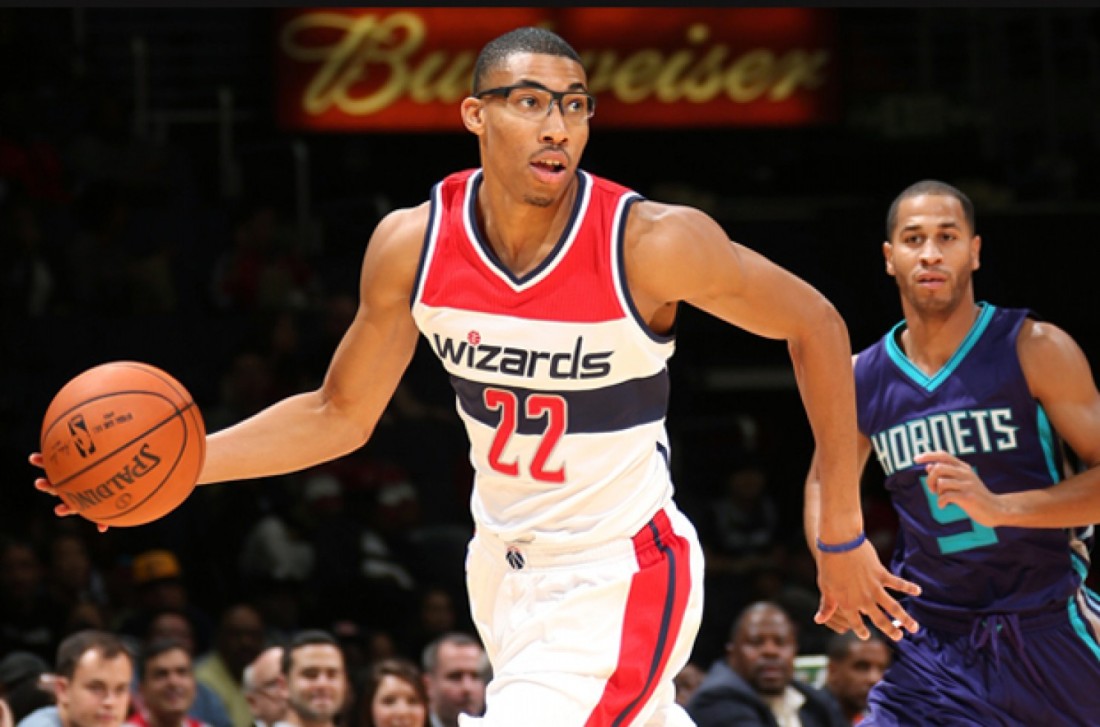
With an average starting unit and the NBA’s worst bench, the Wizards are lurching toward an inevitable appointment with the 2017 draft lottery — assuming team president Ernie Grunfeld doesn’t trade the pick for the next Markieff Morris in an all-out dash for 9th or 10th.
The disastrous bench was in the works at least a couple years, as the franchise’s top strategists laid plans to have loads of cap space for an offseason in which almost half the league would be able to sign a maximum salary free agent. Their subsequent moves to restock the roster seem to reflect one of the defining characteristics of the Grunfeld era: an elite ability to misdiagnose the source of the team’s problems.
Missing the playoffs in 2015-16, according to public statements by Grunfeld and team owner Ted Leonsis, was due to injuries, a bad bench and poor chemistry caused by having so many players in the final year of their contracts. And they shoveled some blame on the coaching as well.
In reality, the Wizards were affected less by injuries last season than most teams in the league, and their bench was about average. I’ll defer to those closer to the team on the cause of whatever chemistry problems existed, although it’s worth noting that multi-year contracts haven’t seemed to fix the issue.
What’s happening this year? Their starters are (like last year) about average, but their bench is a worst in the league catastrophe. They’re the Secretariat of bad benches.
So far this season, the Wizards starters — Wall, Beal, Porter, Morris and Gortat — have a minutes weighted Player Production Average (PPA) of 135. In PPA, average is 100, higher is better, and replacement level is 45. That’s slightly better than the league average starting group (PPA: 132 so far), and ranks 12th. Not elite, but not terrible either.
The bench’s minutes weighted PPA: 28. The average bench: 66. The second worst bench belongs to Memphis, and its PPA is 44. These are the only two teams with benches that rate below replacement level. To put this in perspective, Trey Burke’s PPA this season is 28. Kevin Seraphin, who ended his Wizards career with PPA scores of 35 and 38 would be an upgrade. Kwame Brown was never this bad in Washington. Even Ike Austin (remember him?) managed a 35 with the Bullets.
The gap between Washington’s starters and bench is the third largest, behind the Clippers who have the second best starting unit and fourth worst bench, and Golden State, which has the best starters and the sixth best bench. How good are the Warriors? They’re starting five has a PPA of 211 — 32 points better than Washington’s best player.
This is the team built by Grunfeld and Leonsis, and their cherished Plan. It’s a disaster — not because of injuries or bad luck, but because of a series of poor decisions.
Player Production Average
There is some good news. Wall is having the best season of his career, Porter is producing at an All-Star level, and Beal is healthy and productive.
Marcin Gortat’s production is down, but I don’t think it’s related to aging (I’ll write about this next time). Morris has been worse than expected. To the numbers…
| PLAYER | GMS | MPG | 11/8 | 11/21 | PPA |
| Otto Porter | 20 | 34.4 | 173 | 177 | 179 |
| John Wall | 18 | 35.9 | 168 | 167 | 171 |
| Bradley Beal | 17 | 34.7 | 66 | 92 | 131 |
| Marcin Gortat | 20 | 35.4 | 135 | 146 | 130 |
| Danuel House | 1 | 1.0 | 119 | 116 | |
| Sheldon McClellan | 7 | 11.1 | 478 | 88 | 81 |
| Markieff Morris | 20 | 31.7 | 67 | 78 | 59 |
| Marcus Thornton | 19 | 19.5 | 31 | 41 | 50 |
| Kelly Oubre | 19 | 15.5 | 18 | 17 | 41 |
| Tomas Satoransky | 18 | 16.6 | 18 | 43 | 29 |
| Trey Burke | 16 | 11.6 | -48 | 28 | 28 |
| Andrew Nicholson | 14 | 10.1 | 33 | 35 | 9 |
| Jason Smith | 19 | 11.6 | -93 | -42 | -23 |
| Ian Mahinmi | 1 | 14.0 | -98 | ||
| Daniel Ochefu | 3 | 2.7 | -181 | -119 | -117 |


